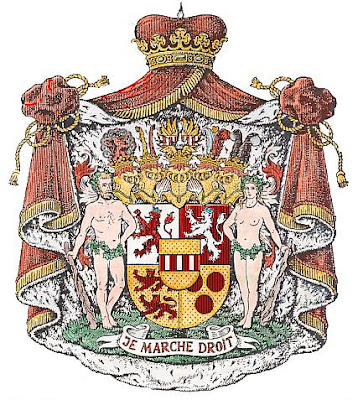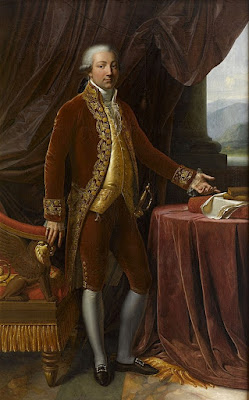Who is who? Limburg Stirum?

One of the oldest families in Europe is without any doubt The House of Limburg Stirum. It is the eldest and only surviving branch of the House of Berg, which was among the most powerful dynasties in the region of the Lower Rhine duing the Middle Ages. Some History The Counts of Limburg descended from Count Adolf I van Berg. Diederik I, Count of Isenberg-Limburg received in 1243 a part of his father's territorium and he called himself: of Limburg. He also possessed the manor of Stirum. However the titles of the House of Limburg Stirum were confirmed in 1812 by Napoleon Bonaparte. In 1814 the family was recognised in the nobility of the Kingdom of The Netherlands. Who is who? Herman Otto II of Limburg Stirum (1675-1704) fought in the War of the Spanish Succession in the service of the Holy Roman Emperor, Leopold I, against France and Bavaria. He lost the Battle of Höchstadt and the Battle of Schellenberg. Leopold, Count of...





